The Tahuamanu – Orthon Departmental Natural Heritage Area was established on September 5th, 2024, protecting 762,248 acres (308,471 hectares) of Amazonian rivers and alluvial forests in Bolivia’s department of Pando. Through this declaration, wildlife like the yellow-spotted river turtle (Podocnemis unifilis), bush dog (Speothos venaticus) and harpy eagle (Harpia harpyja) are protected in this area that covers the courses of the Tahuamanu and Orthon Rivers and includes the adjacent floodplain forests and meandering lagoons. The conservation area provides crucial protection particularly against gold mining, which is a threat that’s on the rise in Pando, and encourages the protection of important tree species for the local communities who rely on them for harvesting non-timber forest products such as Brazil nuts and açaí palm fruits, helping to boost the local economy.
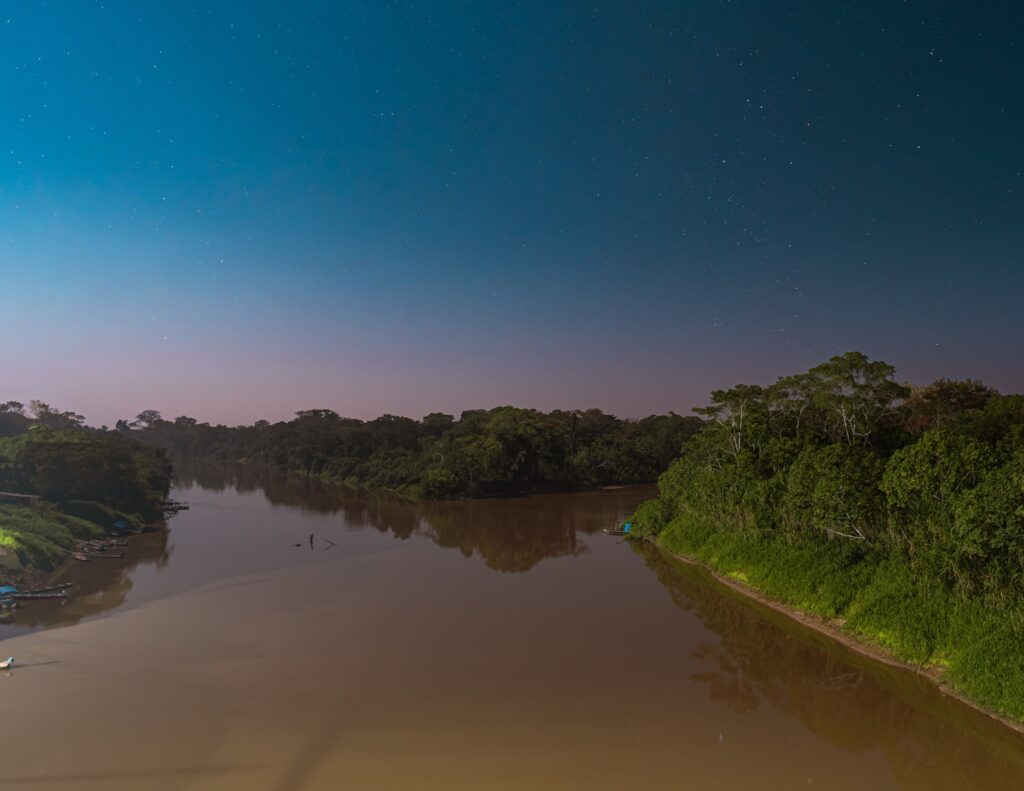
The Tahuamanu and Orthon Rivers
Situated near Bolivia’s northern border with Brazil and Peru, the Departmental Natural Heritage Area spans a significant portion of the Tahuamanu and Orthon Rivers. These rivers cross practically the entire Department of Pando from west to east and are a vital source of life for the approximately 6,000 people that inhabit the conservation area. The conservation area connects with the Bosques del Porvenir, Santa Rosa, Puerto Rico, Lagos de San Pedro and Bosques Escondidos de Ingavi Municipal Protected Areas, helping to create a vast conservation corridor across the department of Pando.
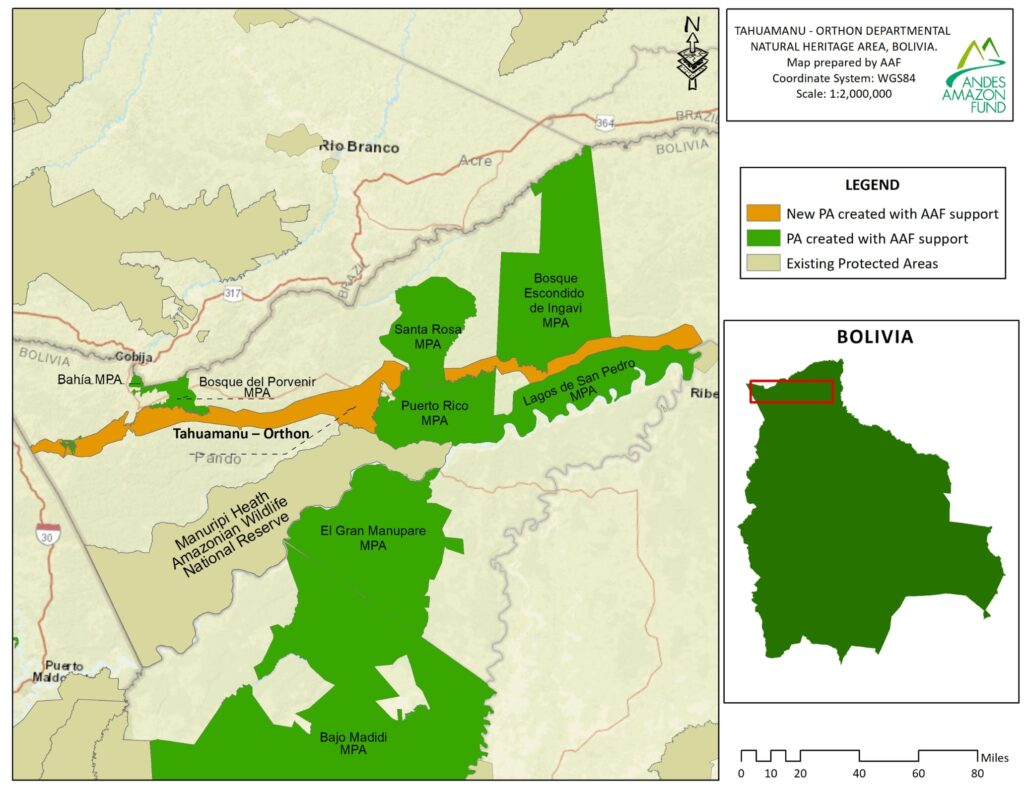
The Tahuamanu River is one of the most important rivers in Pando and one of the main tributaries of the Madre de Dios River. The Tahuamanu is important for the environmental services it provides to the local communities that depend on it for sustainable fishing and for transportation. It joins with the Manuripi River to form the Orthon River in the municipality of Puerto Rico, where it plays a crucial role in the freshwater supply which supports local community livelihoods and wildlife. The Orthon River’s course towards the northeast crosses various municipalities, supporting the livelihoods of Indigenous and campesino communities and the biodiverse Amazonian alluvial forests that surround its riverbanks. The Orthon River also feeds into the Beni River which in turn integrates into the Amazon River network, feeding Amazonia’s water cycle.
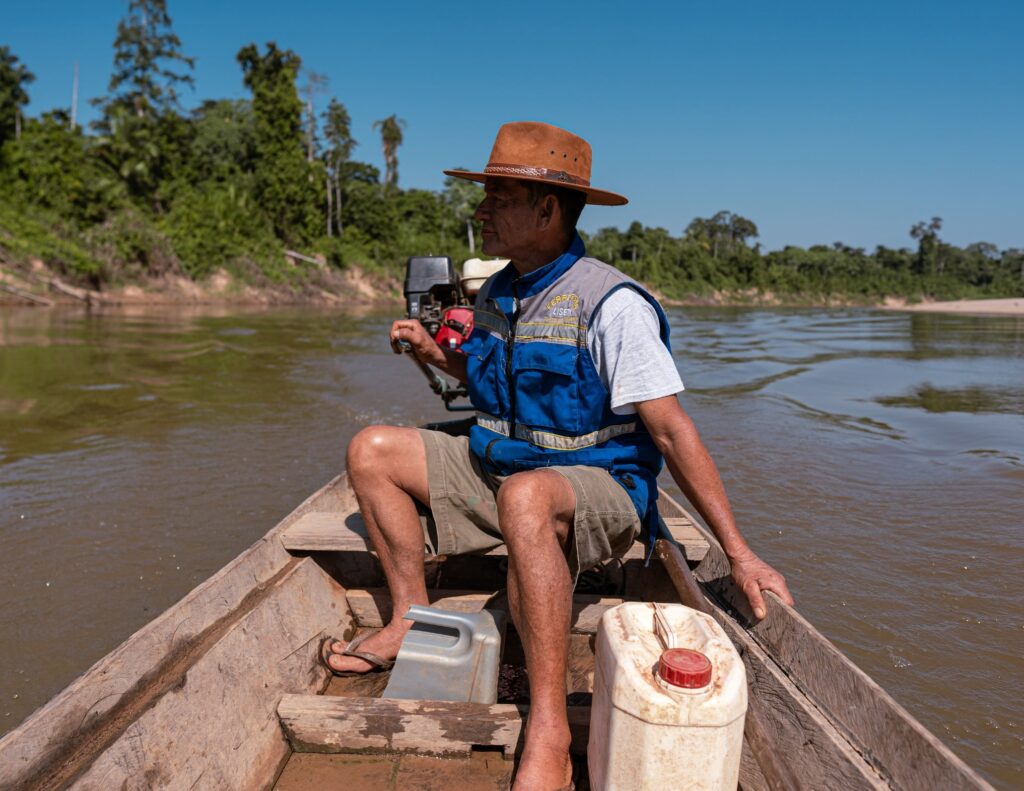
Among other objectives, the establishment of this area aims to protect the Tahuamanu and Orthon Rivers, to safeguard their environmental benefits, and avoid any damage to the river’s flow. Additionally, the establishment of the conservation area protects the biodiverse riverside floodplain forests to support the health, food security, and livelihoods of the communities along the riverbanks.
Gold mining, a threat to the rivers of Pando
The neighboring Madre de Dios and Beni Rivers are illegal gold mining hotspots; however, the departmental authorities and communities of Tahuamanu – Orthon stand against this destructive activity. The establishment of the Departmental Natural Heritage area prohibits mining in the Tahuamanu and Orthon Rivers.
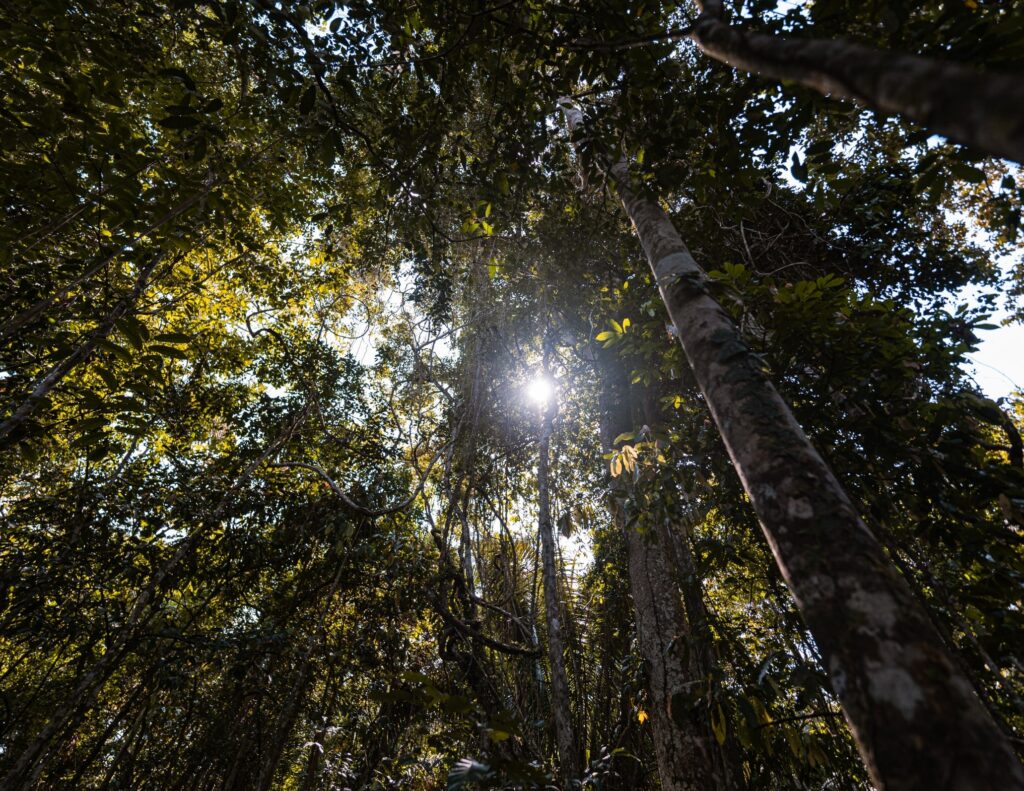
Mining activity has caused a series of negative impacts on aquatic ecosystems in other rivers of the Pando department, deteriorating water quality and the health of riverside villages. Mercury pollution, river sedimentation, and deforestation associated with mineral extraction represent serious risks to aquatic and terrestrial biodiversity and the lives of the population that inhabits and depends on these rivers.
Conservation through community stewardship
Given the presence of important native tree species in the biodiverse Amazonian forests of Tahuamanu – Orthon, the establishment of the conservation area promotes non-timber sustainable economic activities for local communities through a model of participatory conservation and promotes scientific investigation through collaborative initiatives. The good conservation status of Pando and the newly established conservation area is in part due to local communities´ dependence on non-timber forest products as a main source of income, thus creating a financial incentive for forest conservation. Many communities in Tahuamanu – Orthon depend on standing forests to harvest Brazil nuts (Bertholletia talla), açaí palm (Euterpe prayer), moriche palm (Mauritia flexuosa) and seje (Oenocarpus bataua).
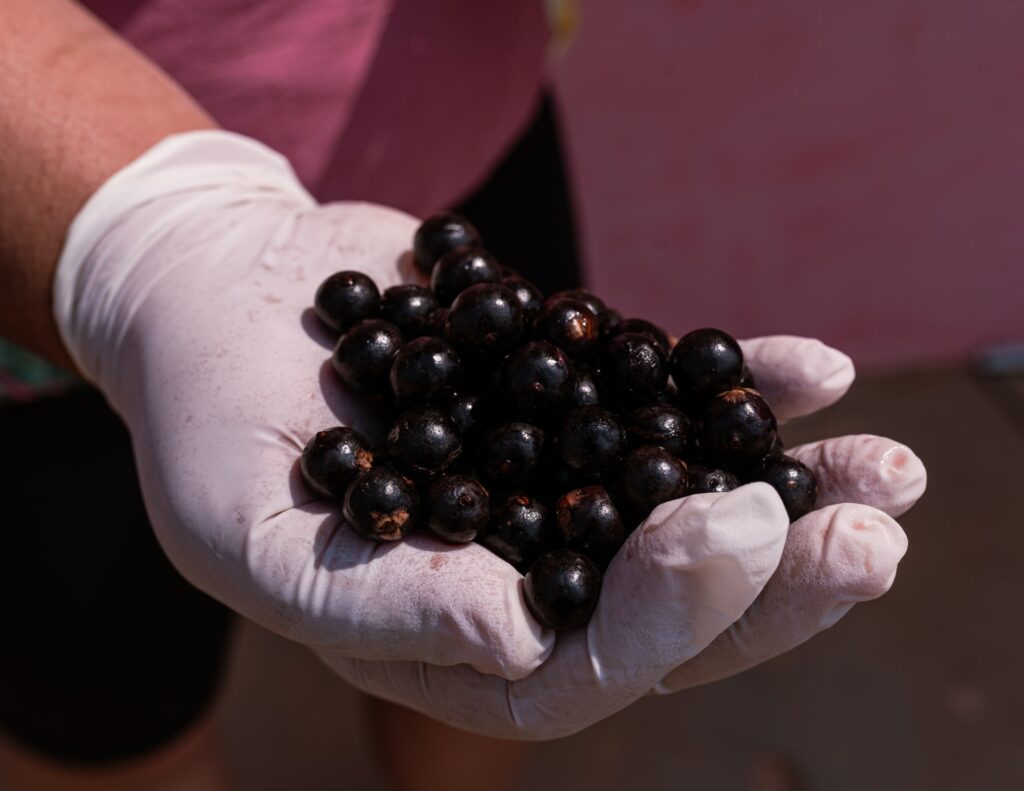

Additionally, the agroforestry systems implemented in 34 of the communities in Tahuamanu – Orthon encourage conservation and increase the resilience of local communities to the effects of climate change through food security by sustainably harvesting copoazú, wild cacao, coffee, bananas and citrus fruits.
These initiatives to conserve biodiversity are important in a conservation area that is home to 19 Amazonian species vulnerable to extinction and two endangered species: the giant Amazonian river otter (Pteronura brasiliensis) and the South American river turtle (Podcnemis expansa) and serve as a model of how both forests and people can thrive together.

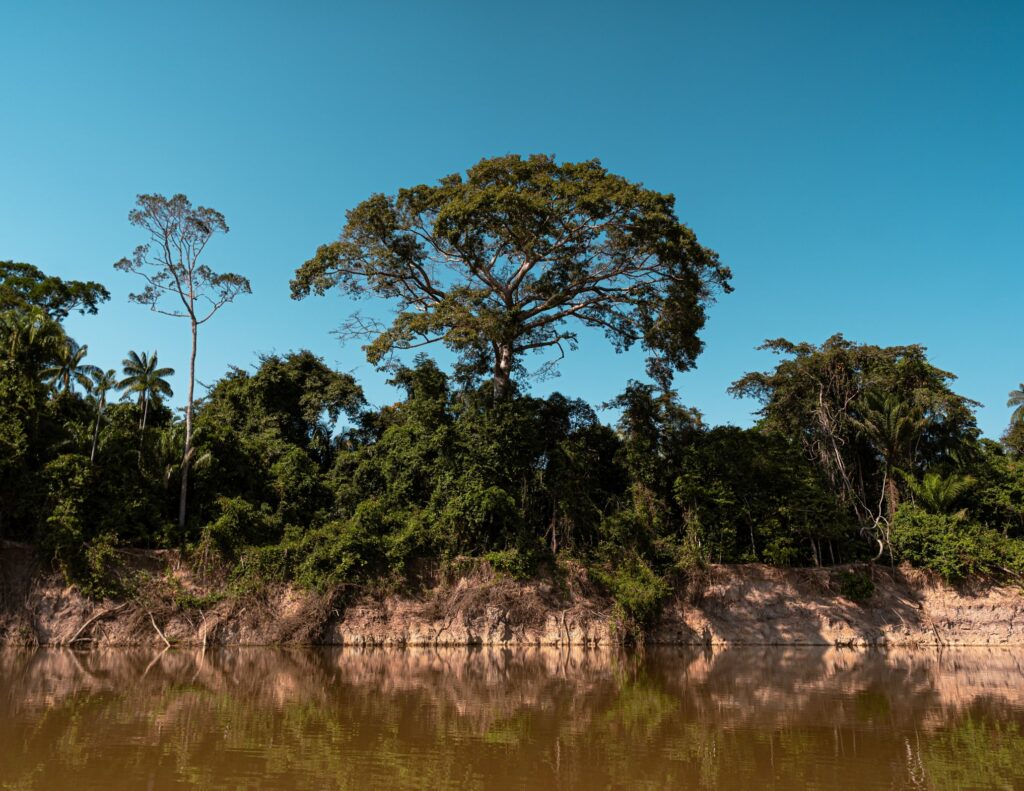
Acknowledgments:
The establishment of Tahuamanu – Orthon Departmental Natural Heritage Area was made possible by the Department of Pando. This achievement was also accomplished thanks to the active participation of the municipal governments and communities of Bolpebra, Filadelfia, Porvenir, Bella Flor, Puerto Rico, Santa Rosa del Abuná, Ingavi, San Pedro, and Villa Nueva. Technical support for the conservation area’s creation was provided by Conservación Amazónica – ACEAA with the financial support of the Andes Amazon Fund and Art into Acres.
MAKE AN IMPACT
Learn how we can make an impact in our world together. Donate or get involved by subscribing to our email list:
